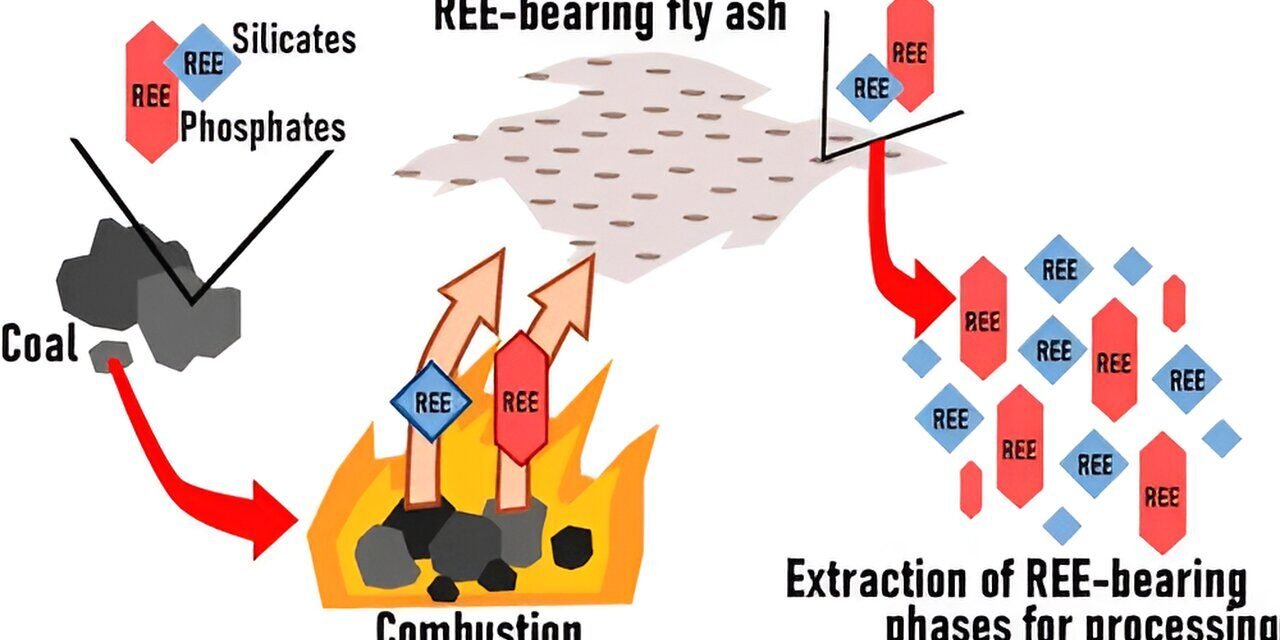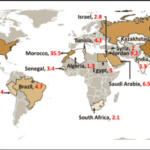Recent studies have explored the extraction of rare earth elements (REEs) from fly ash produced by the Neyveli Lignite Corporation (NLC) in Tamil Nadu, India. NLC’s lignite coal-fired thermal power plants generate substantial amounts of fly ash, which has been identified as a potential source of REEs. Research indicates that the fly ash from these plants contains significant concentrations of total rare earth elements (TREE), making it a viable alternative resource for REE recovery.
In a study published in the Journal of Environmental Science and Health, researchers analyzed lignite fly ash samples from Neyveli using physical separation methods to preconcentrate critical elements. The findings revealed that the total REE content in the fly ash was approximately 2,160 µg/g, with yttrium (Y) concentrations around 300 µg/g. This suggests that the fly ash from Neyveli is enriched in REEs, particularly yttrium, which is valuable for various industrial applications.
Further research has focused on the leaching of REEs from coal fly ash, including samples from Neyveli. The study found that the leachability of REEs from the fly ash was influenced by factors such as pH, temperature, and the presence of complexing agents. Optimizing these conditions is crucial for developing efficient extraction processes.
The potential to extract REEs from fly ash presents several advantages over traditional mining, including reduced environmental impact and lower energy consumption. Additionally, utilizing fly ash for REE recovery can address disposal issues associated with large volumes of ash generated by thermal power plants. However, challenges remain in developing cost-effective and environmentally sustainable extraction methods. Ongoing research aims to overcome these obstacles and establish viable processes for REE recovery from fly ash.














